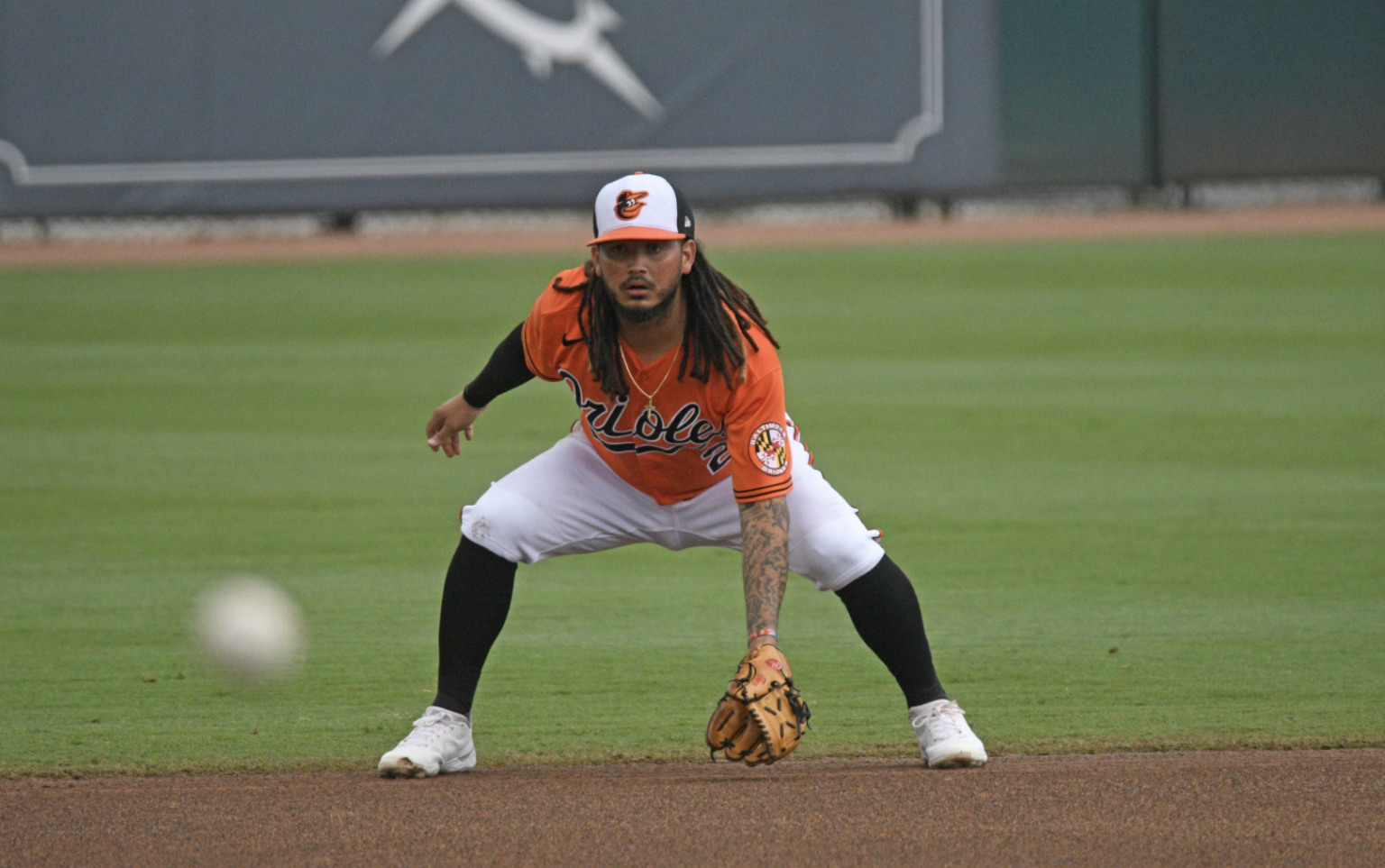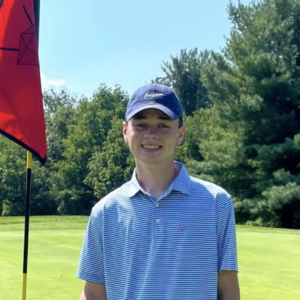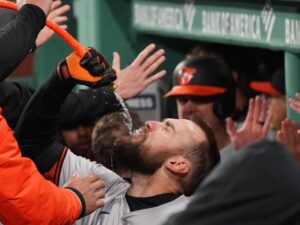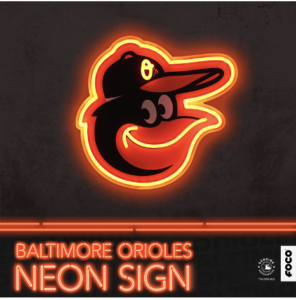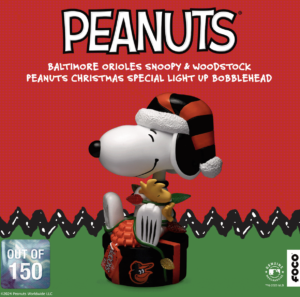Stock Up
Trey Mancini
Following up a good month of April, Trey Mancini took it to another level in May.
To give his recent month some perspective, Mancini led all qualified designated hitters in May in average (.320), on-base percentage (.405), OPS (.993), wRC+ (176) and fWAR (1.1). Removing the positional filter, his May OPS and wRC+ both ranked in the top five in the American League. He raised his season slash line from .237/.299/.443 after April to .278/.353/.515 after May.
Simply put: he’s been among the league’s best hitters over the last month. His Baseball Savant page is also fun to look at.

Anthony Santander
Anthony Santander came off the injured list on May 21 and immediately went back to 2020 form. In his first eight games back, he went 13 for 33 with eight extra base hits and three RBI. His seven doubles over that span led MLB.
Santander’s month-long absence was felt hard in both the major league lineup and in the organization’s overall outfield depth. His injury prompted the promotion of Ryan McKenna, a .198 hitter in 28 games. With Austin Hays also having missed significant time this season, both corner outfield positions have been rotating doors with McKenna, Ryan Mountcastle and DJ Stewart splitting time. All three do some things well, but none are the complete player Santander is.
With the reigning Most Valuable Oriole back in right field, the outfield becomes more stable defensively, it relegates Stewart and McKenna to their depth roles, and it allows Mountcastle to move back to first base/DH. Santander’s bat situated behind Mancini and Cedric Mullins gives the lineup more depth and makes it more closely resemble that of an actual major-league club.
Freddy Galvis
Freddy Galvis has sneakily been one of MLB’s best shortstops this season.
Through 51 games, Galvis ranks sixth among MLB shortstops in slugging (.471), ninth in OPS (.785), sixth in wRC+ (118) and ninth in fWAR (1.4). He also ranks in the top 15 in both walk and strikeout rate as well as hard hit rate. At 31 years old, his walk rate, slugging, OPS and wRC+ are all career highs.
For a club with no long-term options at shortstop knocking on the door at the upper levels of the minor leagues, Galvis has solidified the spot for the time being, much like Jonathan Villar in 2019 and Jose Iglesias in 2020. He’s only making $1.5 million this season with no club option for next season, making him a prime trade candidate should he continue to produce among the league’s best at the position.
Stock Down
Cesar Valdez
Cesar Valdez’s nice story as a 36-year-old who tops out at 85 miles per hour and throws a change-up 79 percent of the time becoming one of baseball’s best closers has unfortunately come to an end. After sitting near the league lead in saves while allowing just two earned runs in 12.2 innings in April, Valdez’s ERA ballooned to 5.31 thanks to nine earned runs in seven May innings.
As a result, but also thanks to Paul Fry and other relievers stepping up, Valdez has been moved from the closer role and into a 7th or 8th inning guy in an effort to get him opportunities in lower leverage spots. Unfortunately, he hasn’t had much luck there either.
To sum up the Valdez experience, he should have never been good in the first place. A 36-year-old who throws one pitch and couldn’t dream of touching 90 miles per hour should never be a top closer. Yet, for a month, he was.
Don’t cry because it’s over, smile because it happened.
Matt Harvey
Matt Harvey became a somewhat reliable number two starter behind John Means through the first month of the season, but May was not as kind to the 32-year-old.
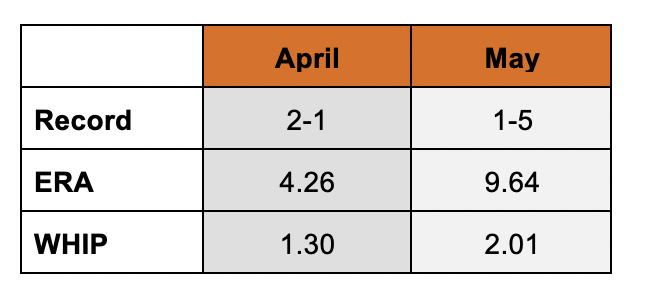
Looking at the monthly splits, Harvey’s walk rate increased, strikeout rate decreased, his hard hit rate doubled and he gave up over twice as many home runs in May than in April.
What was beginning to look like a career rejuvenation early on has now become more of the same since leaving New York for Harvey.
Catchers
Both Pedro Severino’s and Chance Sisco’s struggles are well documented. Offensively, both strike out more than 20 percent of the time and walk less than 10 percent, both have negative WAR totals, and neither have an OPS+ that tops 80. Neither Severino nor Sisco grade out well defensively, either. Sisco has a Runs Extra Strikes, Statcast’s catcher framing metric, of -3 and Severino a -4. Those marks rank 56th and 58th in baseball, respectively.
That’s worst and third worst in MLB, sandwiching 57th ranked Salvador Perez of Kansas City.

Severino has also allowed four passed balls this season, the fourth most in MLB. Sisco sits just behind him with three. Severino also ranks fourth league wide in wild pitches with 22, a stat that isn’t entirely on the catcher, but something the backstop should share at least some of the blame for.
So far this season, Severino and Sisco have failed to call good games behind the plate, and it doesn’t help an Orioles’ young pitching staff full of guys trying to prove they belong in the big leagues, as well as some with command issues.
Unfortunately for Sisco, his struggles were met with a demotion to Norfolk. Austin Wynns, who hit .333 with a 1.011 OPS in 15 games with the Tides this season, replaced him.


